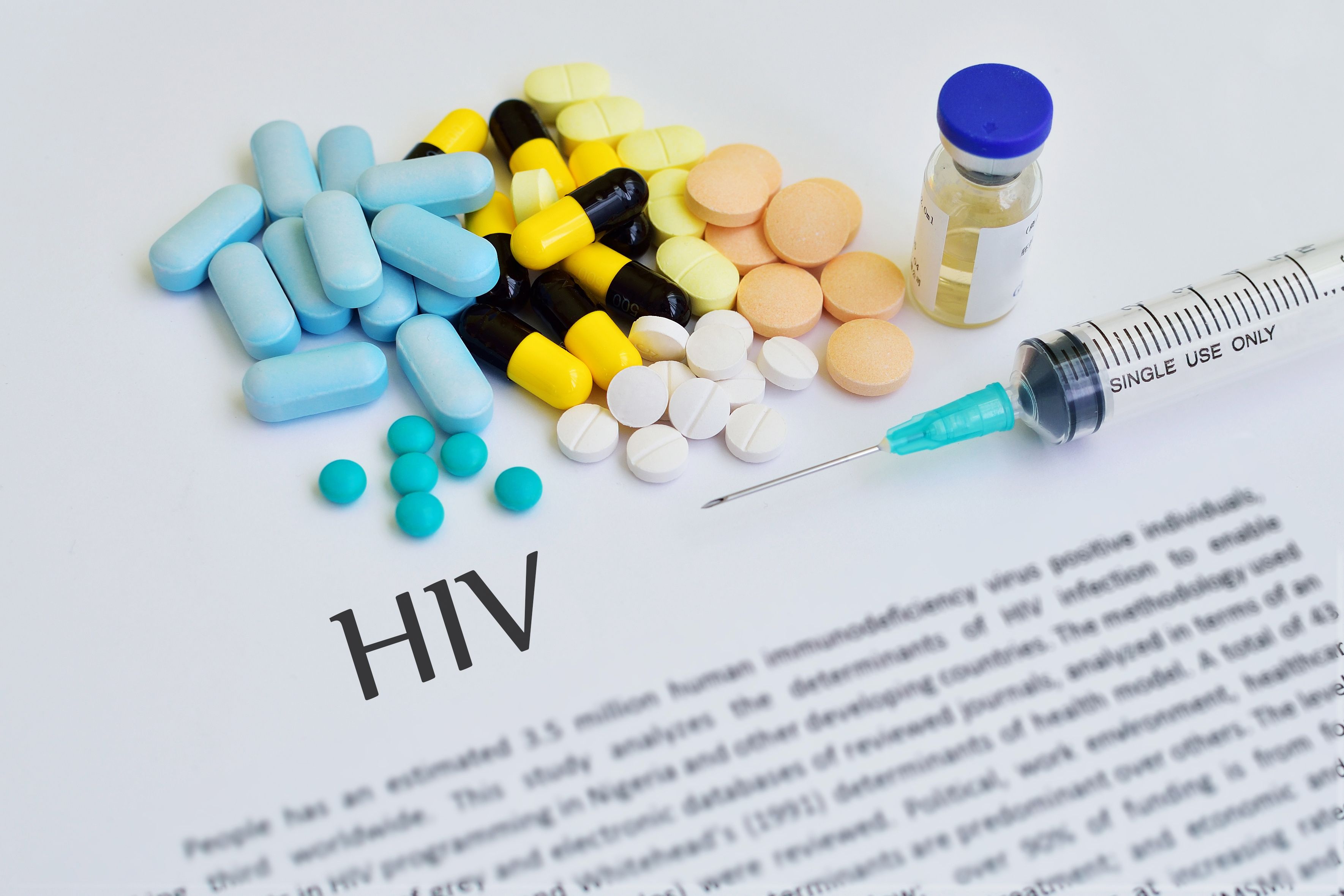News
Article
Intervention Increases HIV Testing Uptake in Men, Study Finds
Author(s):
Men who had sex with men had increased HIV testing after participating in an intervention.
An intervention helped improve the number of men who had sex with men (MSM) who took an HIV test, according to a study conducted in China and published in the Journal of Medical Internet Research. HIV prevention and public health issues may be helped by digital and crowdsourced interventions.
MSM are a key demographic for preventing HIV globally, and testing is a key way to control the disease. MSM made up approximately 25% of new cases of HIV in 2020. Digital, multilevel interventions done with crowdsourcing can be helpful in increasing testing. Such interventions can include social media, mobile phone apps, and the Internet, among other technologies with digital connections. A digital HIV testing promotion intervention was developed, and the aim of the study was to test the effect of this intervention in MSM in China.
Participants were included if they were biologically male, were aged 18 years and older, currently lived in the 11 cities where MSM were enrolled, were HIV seronegative or whose serum status was unknown, had not been tested for HIV in the previous 3 months, had slept with a man in the previous year, and had provided consent. The link to the questionnaire for the study was sent to potential participants through social media and community-based organizations. Each participant could also invite up to 5 MSMs for the study.
Participants were split into 2 groups: 1 received the digital, crowdsourced, multilevel intervention while the other received a conventional intervention that was conducted by their local center for disease control and prevention. There were no restrictions on what care each participant could seek at the center. The digital intervention included 25 images and 4 videos distributed to all participants. Participants could apply for HIV self-testing after completing the 6-month follow-up survey. The importance of testing and how to use self-testing kits were explained by staff to all participants. The digital intervention group included 8 peer-moderated discussion groups as well.
Participants were recruited from August 6, 2019, to January 25, 2020, and were evaluated until April 8, 2021. There were 935 participants included in the study, with 404 in the digital intervention arm and 531 were in the control. A total of 64.3% were younger than 30 years, 72.8% were never married, 67.3% had a college degree or higher, 71.4% identified as homosexual, and 64.8% had disclosed their sexual orientation; 84% of the participants reported having had an HIV test in the past.
Hand holding smartphone with colorful app icons | Image credit: ra2 studios - stock.adobe.com

A total of 80.3% of participants completed at least 1 follow-up survey, with 60% reporting that they had tested for HIV during the follow-up period. The intervention arm featured a higher proportion of participants who tested for HIV in the previous 3 months at 3 months (49.8%), 6 months (55.6%), 9 months (71.9%), and 12 months (64.3%) compared with the control arm at the same follow-up months (43.8%; 43.6%; 51.1%; and 48.4% respectively).
More participants received an HIV test within a city in the digital intervention arm (11.62% higher than control [95% CI, 0.74%-22.50%]). Although the intervention group was found to have 69% higher odds of testing for HIV in the previous 3 months compared with the control, this was not a significant result.
Providing digital materials alone had a statistically insignificant effect, as well. However, providing digital materials and HIV self-testing kits was linked with an increased probability of testing in the previous 3 months compared with the control group (mean difference, 17.66% [95% CI, 7.36%-27.97%]). HIV testing uptake increased after viewing intervention videos (risk ratio [RR], 1.49; 95% CI, 1.08-2.07) and participating in the peer-moderated discussion groups (RR, 3.18; 95% CI, 1.90-5.31).
There were some limitations to this study. The data was self-reported by participants, which could have caused information or recall bias. Individuals who did not use digital tools could have been excluded due to recruitment being done through social media. A number of patients (28.3%) were lost to follow-up. Participants in each arm came from different cities. The participants in the digital and control studies could have communicated with each other, which could cause contamination.
The researchers concluded that the intervention was an effective way to improve testing for HIV in MSM. Other interventions in the same vein should be developed to better prevent HIV in this demographic.
Reference
Lin Y, Ren C, Liao M, et al. Digital, crowdsourced, multilevel intervention to promote HIV testing among men who have sex with men: cluster randomized controlled trial. J Med Internet Res. 2023;25:e46890. doi:10.2196/46890





